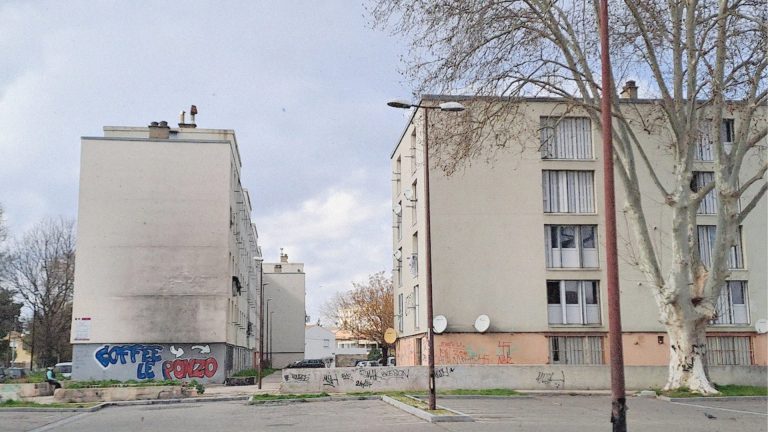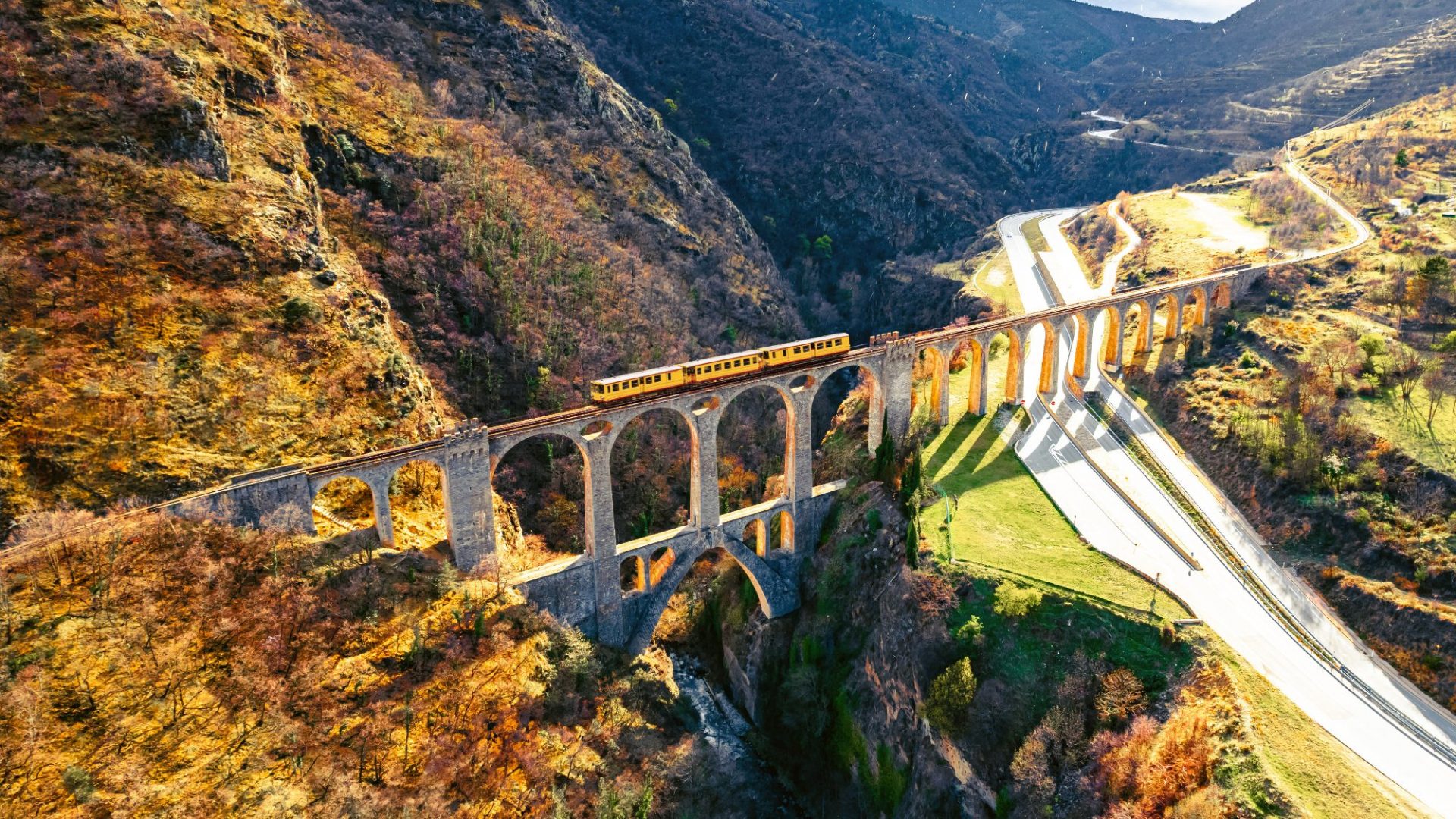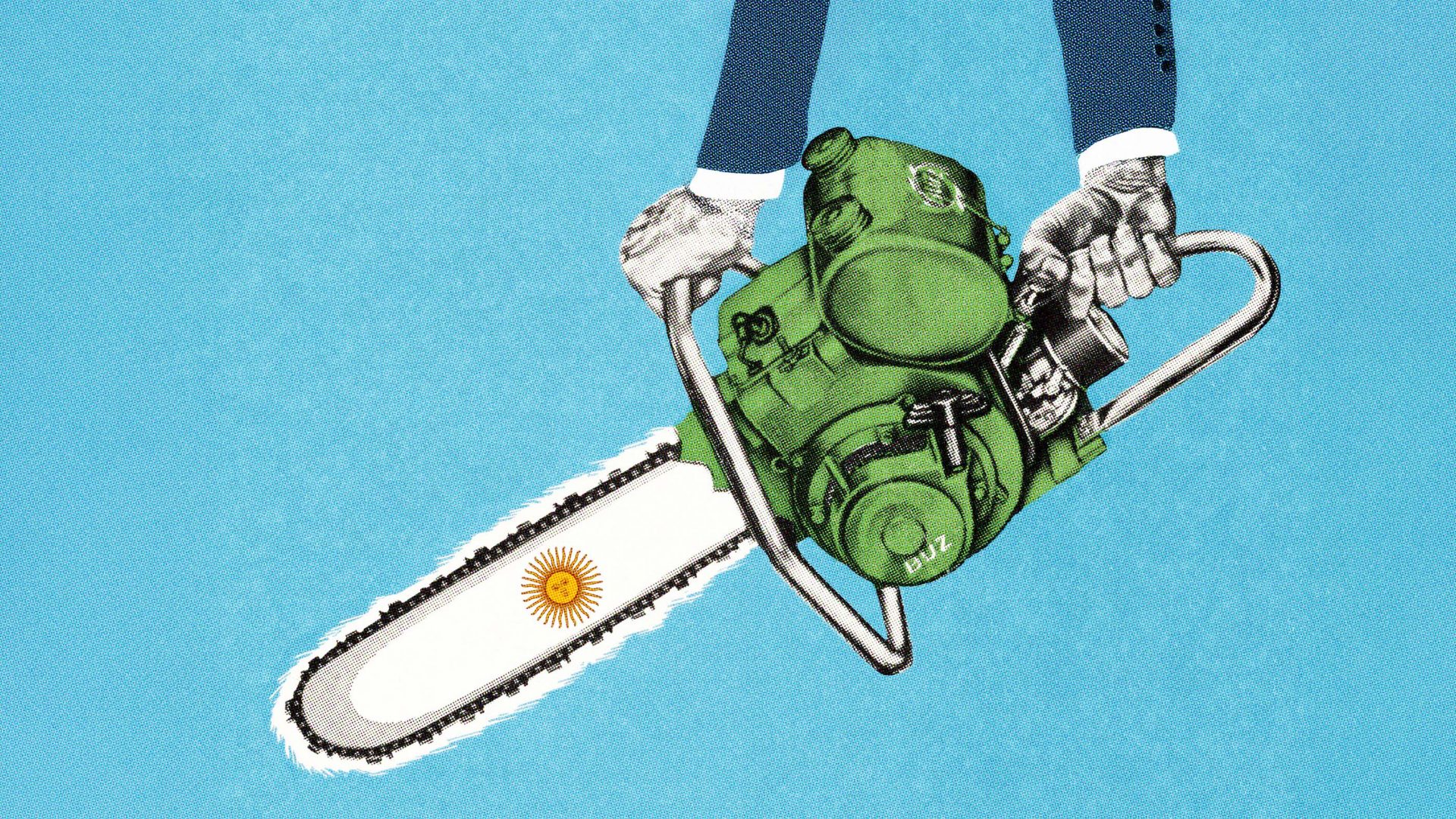Last summer I went interrailing again. “Don’t you have to be under 26?” everyone asked. Clearly not, as it was 38 years since my last Interrail trip in 1986.
A lot has changed. Digital passes and planners, an explosion of ticket types, seat reservations. Interrail is not quite the uncomplicated freedom of the entire continent it once was.
Starting in southern France, I wanted to see if I could cover a holiday to Spain and a second trip via Belgium and Germany to Copenhagen on a single €300 ticket. I wanted to know if the “slow” train experience was better than the miserable claustrophobia of quick flights.
But first, the nuts and bolts of passes. Interrail tickets are available to UK and EU residents, and they’re valid on Eurostar, so starting from London (or elsewhere in the UK) is an easy option as long as you leave your country of residence on the same day – your “outbound day”. What you can’t do is travel from, say, Inverness to London on day 1, then leave London on day 2, as Interrail is not intended for national travel in the country of purchase. That seems fair enough.
Your starting point for tickets should be the interrail.eu website to explore the different passes available. There are good reductions available in low season, so it’s worth snapping up a bargain six or nine months early. The digital pass is valid for 11 months, and only starts counting down the days once activated. It is possible to print a paper pass, but that’s only really useful as a backup.
The most popular “global passes” according to Interrail are the five travel days and seven travel days in a month, costing €239 and €286 respectively for under-27s in second class. These prices rise to €318 and €381 for adults aged 28-59. Children get free passes. I’m gleefully looking forward to my over-60s pass next year, when for €286 or €343 I can do it all over again.
The cheapest four travel days ticket is actually priced from €212 to €283, but doing the maths shows this isn’t the best bargain per travel day. Up until midnight, you can journey as far as you dare on as many trains as you can tolerate. Anyone for Paris to Naples on three trains in 12 hours? It’s possible!
If choice is your thing, there is no shortage – but for the chronically indecisive, this could pose a problem. Is 15 days within two months better than one month in a row? Ten days within two months better than 15 days in a row? This is where you have to get serious with your planning, because here’s the surprise element: planning is what Interrail is all about.
Yes, you could buy an unlimited one-month or two-month pass, as in the good old days, and take your chances as you go, but will you really travel every day? Will you take the last evening train from Zürich to wake up on the Riviera, or hug the coast from Nice to Barcelona, just because you can? The choice of 32 other countries can be as overwhelming as the choice of pass, when everywhere seems within reach.
Decisions made and pass purchased, now is the time to download and grapple with the Rail Planner app, stage two in your digital journey. The app is the only practical way to use the pass. It’s a little hard to understand why you can’t just buy the pass in the app; instead you have to enter into the app the details of the pass that has been emailed to you. But Interrail is all about convoluted journeys, so maybe that fits.
Suggested Reading

The bus ride that sums up France’s poverty and plenty
The app “makes your Interrail journey smooth and stress-free”, in its own words. Don’t be fooled by this. There are certainly plenty of features to try out: planning trips and train times, even offline; checking station boards for arrivals and departures; viewing journeys on maps and seeing where to book seat reservations in each country. Wait, what’s that about seat reservations? This is not a budget airline! Are seats not included on Interrail trips?
Well, not necessarily. At this point, smooth and stress-free goes out the train window. Consult any of the countries you intend to travel through, and you’ll find there are restrictions: long lists of trains “included and not included” in the pass for each country. Most fast Intercity, international and night trains require a seat reservation on top of the pass – and that’s going to cost.
Charges for seat reservations are also levied on Eurostar. Take a journey from London to Marseille: that’ll be a minimum of €32 for the Eurostar seat to Paris, and €12 from Paris to Marseille. From Marseille to Rome? That could cost you another €15.
Getting around Europe quickly soon adds up! The only way to avoid these charges is to travel by slower local or regional trains, so the app does have a filter that you can set to “no reservations needed”. The app itself feels a bit clunky, and in some cases you have to go through national train operators’ websites or sites like Italiarail.com and nightjet.com for seat reservations. This starts to feel like unwelcome extra work.
Once the pass is added in the app, it must be activated on each travel day. Your outbound and inbound days to the start country must be carefully nominated and activated too. Take care to do all this before boarding, and take a screenshot of the QR codes for your pass and reservations. Without a phone signal they can’t be accessed, and ticket controllers can issue hefty fines. I narrowly escaped getting one from a French controller at Bayonne, who elegantly gave me this tip instead!
So how did my trip work out? Having picked up a bargain seven-day pass in February, I started planning a week in San Sebastian. Starting in Avignon, Provence, the map shows an obvious east-west route via Toulouse, but this takes at least eight hours using regional trains. Counterintuitively I booked a train north to Paris and another from Paris south to Hendaye on the Spanish border. Each leg cost €12 in reservations. I would have loved to stop a night in Bordeaux en route, but dutifully left France on day one.
For the return trip I enjoyed the four-hour journey lounging along the misty Pyrenees to Toulouse, where I forked out for a hotel. The next day’s slow train to Avignon was inexplicably not allowed at all on Interrail, so had to be paid for – another €40 down the train drain.
One holiday and two travel days completed, I planned my route to Copenhagen. Day three was an easy trip from Avignon to Brussels (but I paid €52 on unincluded trains), and day four was completely hassle-free via Cologne to Hamburg and the small town of Bad Oldesloe to visit friends. Finally, the freedom to get on and off trains at will! Even the surprising but now-typical lateness of German trains didn’t spoil the experience. This was how I remembered Interrail to be, all those years ago.
Squatting in the corridor of the Hamburg to Copenhagen train for a five-hour ride, I felt like a nomadic student again. What had started as an almost-empty carriage with plush, wide seats had suddenly become a jam-packed nightmare. Did I care? Only that I had ignored the app’s friendly advice to book a seat, and resented that it knew its trains much better than I. The freedom to roam was the freedom to sit on the floor, at least until a few folk alighted in the small towns ahead.
My return from Copenhagen after a hectic weekend of choir-singing was uneventful, breezing through the flatness of Germany, the Netherlands and Belgium back to Lille, where I had a Eurostar ticket to London waiting. So I had time to add up: had the overall cost been lower than taking four flights?
€300 had become around €400 all things considered, so it might have been possible to take the flights for about the same cost. But considering the green benefits, the relief of no luggage restrictions, and the joy of more personal space and liberty in trains, I knew Interrail had been the right choice for me.
Garry Britton is a freelance journalist living in France



